Originating from the Loire Valley, Sauternes Wine is another gem from the list of French classics. This Bordeaux blend is an absolute favorite among many wine connoisseurs. With that said, let’s get into the more comprehensive list of what is Sauternes wine.
What is Sauternes Wine?
|
Origin |
Bordeaux, France |
|
Commonly made with |
● Sauvignon ● Blanc ● Muscadelle ● Semillon |
|
Color |
White |
|
Taste |
Sweet |
|
Texture |
Bold |
|
Sugar Content (per liter) |
120g-220g |
|
ABV |
13%-15% |
|
Biggest Producers |
France |
Sauternes wine is another sweet white wine hailing from the region of Bordeaux, France. This bold blend has been a staple in the Bordeaux region. Sitting in the Ciron and Garonne rivers, you can ensure a high.
Much like many dessert wines, many note the delicious hints of fruity flavors. The delightful flavors of peach, caramel, and citrus are very apparent in every sip. This wine is a perfect after-meal dessert at a 10% to 20% sugar content.
It’s primarily made with Sauvignon Balance, Muscadelle, and Semillon—the latter two being a French grape variety. With a twist, these wine grapes are under brain rot infestation, which makes them a bit. It leads to a more savory flavor that is unique in the Sauterne wine.
Now that we know the basics of these wine blends, let’s delve deeper into the process behind their creation.
How is Sauternes Wine Made?
Sauternes wine undergoes a process with intricate differences from your average wines. Let’s tackle the function of the different wine grape varieties and soil that make this wine a unique experience with every sip.
Wine Grapes

Like any wine, Sauternes has wine grapes as its most crucial component. However, a twist to the wine grapes makes the Sauternes wine very special.
Sauternes wine is made with grape wines that have a partial noble rot. Botrytis cinerea, or noble rot, is a fungal disease that gives the Sauternes wine its unique and sweet flavor.
This fungal infection in the wine grapes is not destructive, unlike its cousin, grey rot. Grapes affected by noble rot develop a raisin-like state which gives its distinct flavor and taste.
Sauternes wine primarily has three wine grapes: Sauvignon Blanc, Muscadelle, and Sémillon. These white wine grapes are perfect for creating bold white Sauternes.
Bordeaux Soil
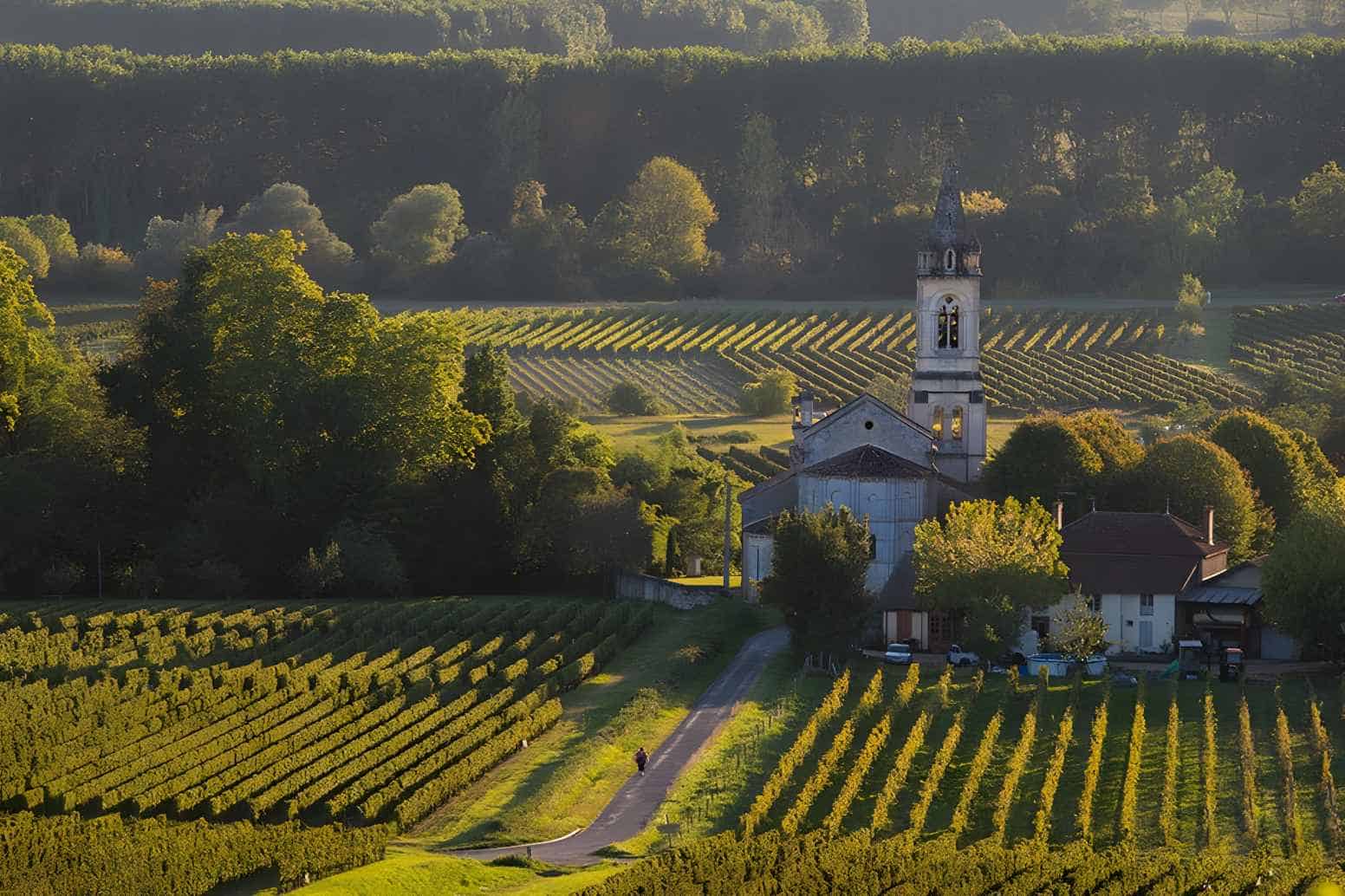
Now that you know the wine grapes let’s get into another factor in creating Sauternes wine: soil. The Bordeaux soil is known for its clay material that enriches any grapevine in the area.
The Ciron and Garonne rivers are also present in the area, which leads to a prime region for having noble rot. The moist and cold climate allows the noble rot to contaminate the wine grapes.
Meanwhile, the sunny climate lets the noble rot not turn into grey rot. Wine grapes that have grey rot are not usable for making wine. The fungal formation can be limited by having a good amount of sunlight.
Temperature
Sauternes grapes are prone to frost and rain damage as a late harvest. The right amount of sunlight and cold climate is a highly crucial process in ensuring that the grapes are of the highest quality.
History of Sauternes Wine
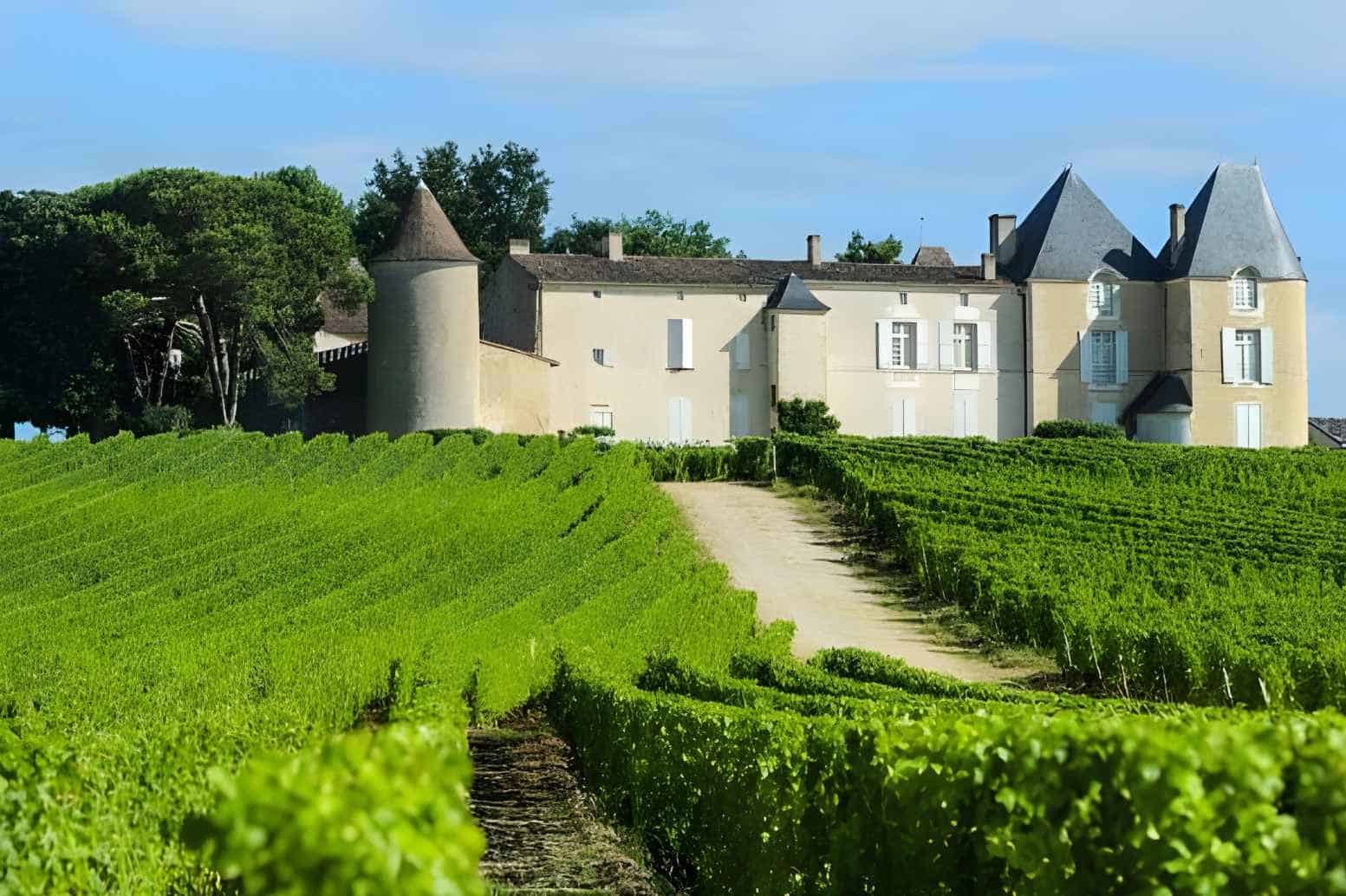
Much like with many Bordeaux and French wines, the Romans are the primary source of winemaking in the area. However, the Sauternes didn’t come to be what it was until around the 17th century.
Although sweet white wines were already being produced in the area, Sauternes didn’t care what it is today until the 18th century. Before that period, there was no knowledge that noble rot was a viable option for strengthening the flavors of white wine.
Through Thomas Jefferson, a well-known connoisseur of Sauternes wine, the blend and the place became prominent in the 18th century. Then, the sweet dessert Sauternes wine became a popular blend in the area.
Taste and Appearance of Sauternes Wine
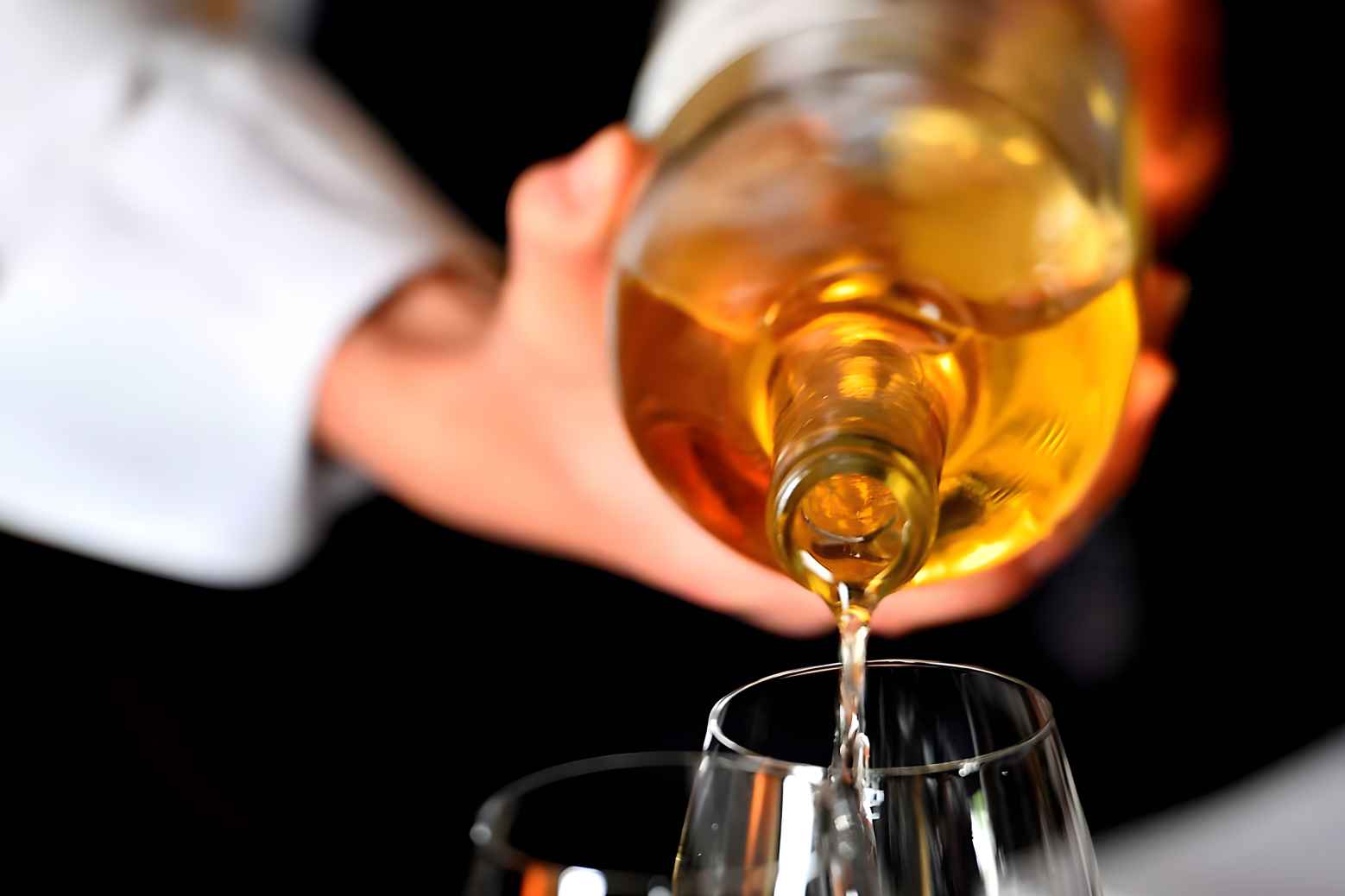
Sauternes wine is known for its light-yellow color and sweet taste. As a dessert wine, fruity hints are also prominent in the blend.
It has around 120g to 220g of sugar per liter, making it about 10% to 20% in volume. The Sauternes wine can range from semi-bold to a bold blend. Depending on the winery, you can taste the subtle combinations of flavors from Sauternes.
When it comes to its flavor notes, Sauternes are pretty much on the fruity side. The wine blend is home to delicious notes of caramel, peach, and tropical fruits. A hint of citrus is also apparent in the mix.
Although a sweeter wine, Sauternes has a high alcohol level at 13% to 15% ABV. It makes the drink perfect for small batches as an after-meal wine.
Why is Sauternes Wine Expensive?
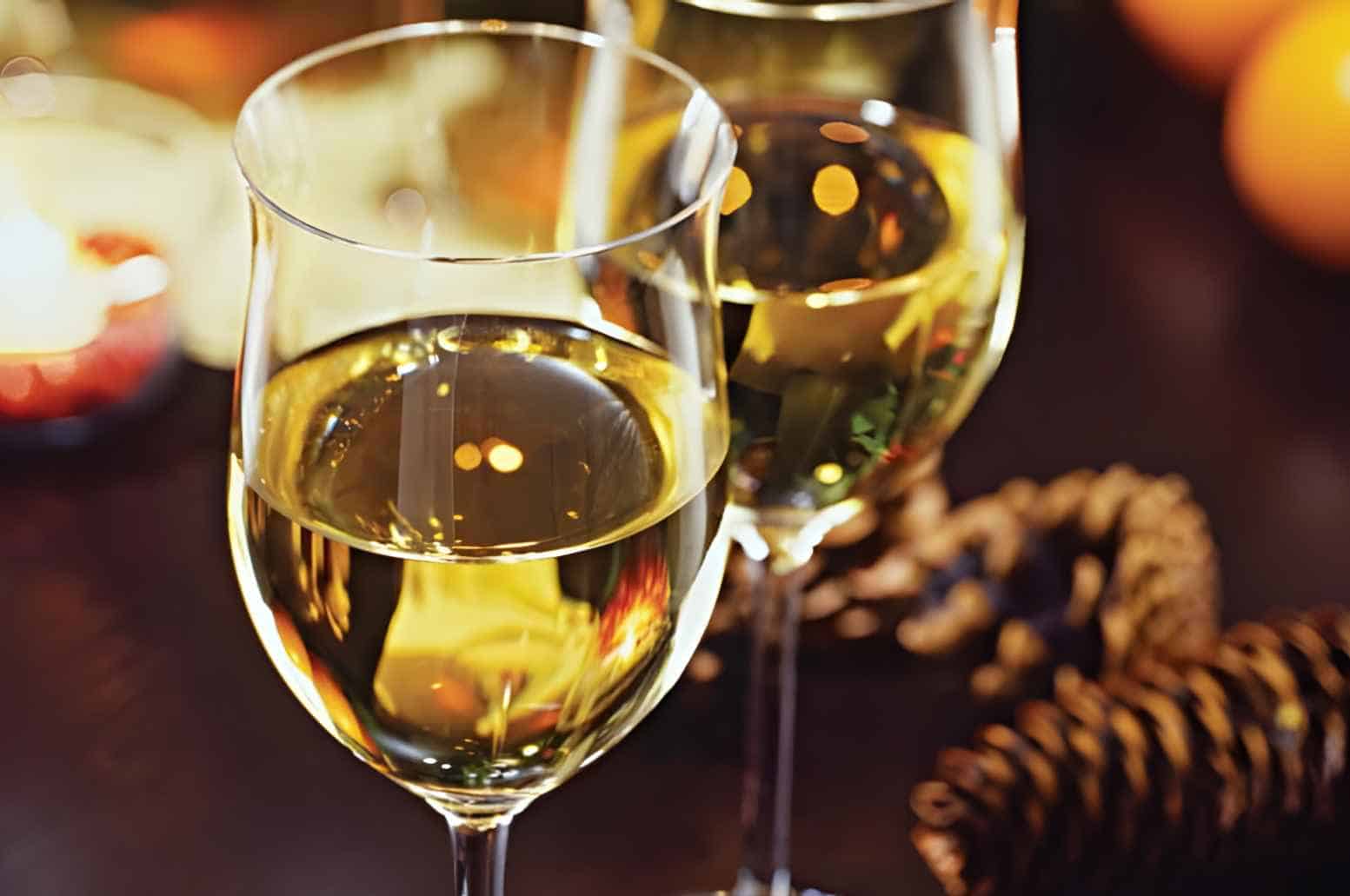
Sauternes is among the most expensive blends in the region. Let’s get into the reasons why this is the case.
Limited Production
When it comes to the wine grapes for the Sauternes blend, the production is minimal. The risks of grey rot, frost, and rain damage are prevalent in the area. As the grapes are harvested during the late season, these risks are more of a problem.
With these limitations in the production of wine grapes, the amount needed in winemaking is significantly reduced. In turn, the number of vintage bottles becomes fewer.
Expensive Labor
Botrytis, or noble rot, is essential to making Sauterne wine. Skilled vineyard handlers and pickers are needed to pick out these wine grapes with the fungi growing on them.
It can be a challenging task that requires skilled professionals in their fields. The amount of work going through vines to pick out the right grape wine is taxing enough. It’s also done by hand, as machines cannot select through the vines.
Small Area
For a bottle to be considered a Sauterne wine, it must come from any of these communes:
- Sauternes
- Barsac
- Preignac
- Bommes
- Fargues
This constricted place means that the plantation and making of the wine are limited to a small area. The number of vintage bottles is also few and can be far between production.
How to Drink Sauternes Wine?
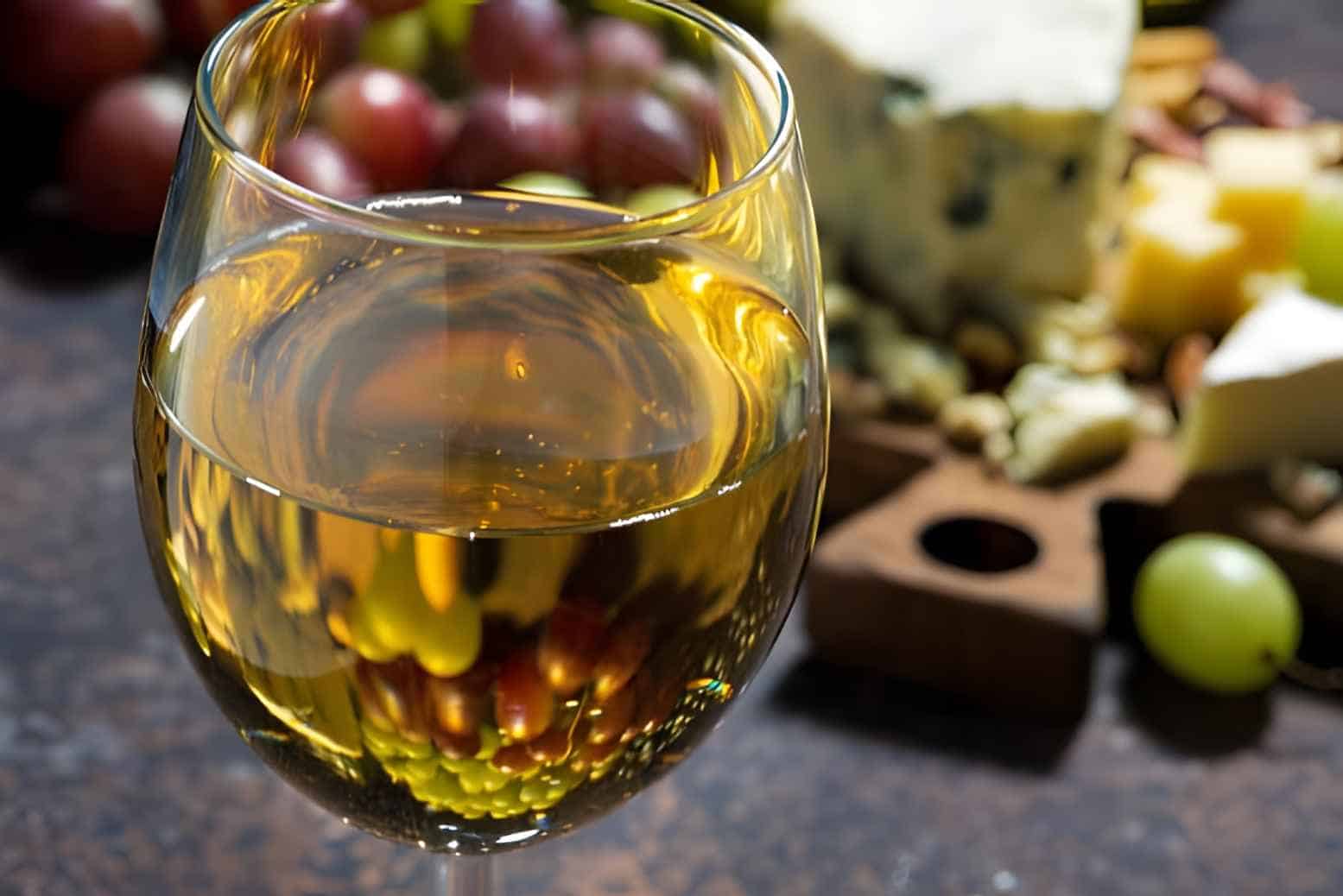
Now that we know many things about the Sauternes wine, here are some tips to elevate your experience.
Mix with Spicy Food
Through its delicious, sweet blend, it comes as no surprise that Sauternes wine is excellent for spicy food. Although the wine is known for its extremely sweet taste, many ignore the bold flavors of Sauternes.
Its flavor is powerful enough to cut through spicy dishes. Sauternes wine can be an excellent palate cleanser for spicy food.
Fruits and Dessert
It might be surprising to find a combination of sweet food and sweet drinks when it comes to wine. However, the acidic nature of Sauterne is an excellent way to cut through the sweet nature of fruits and desserts.
With that said, Sauterne wine is an excellent choice for your charcuterie board. The mix of chocolates, grapes, and saltine crackers is perfect for this delicious white wine.
Tangy Dishes
Bold and acidic, Sauterne wine can be the next partner for your meat dishes. Whether it’s some juicy steaks with sauces or seafood, this dessert wine can be an excellent pair.
It works much like spicy food; the acidic and bold nature of the Sauterne wine is why it’s an excellent choice for savory dishes.
White Sauternes You Should Try
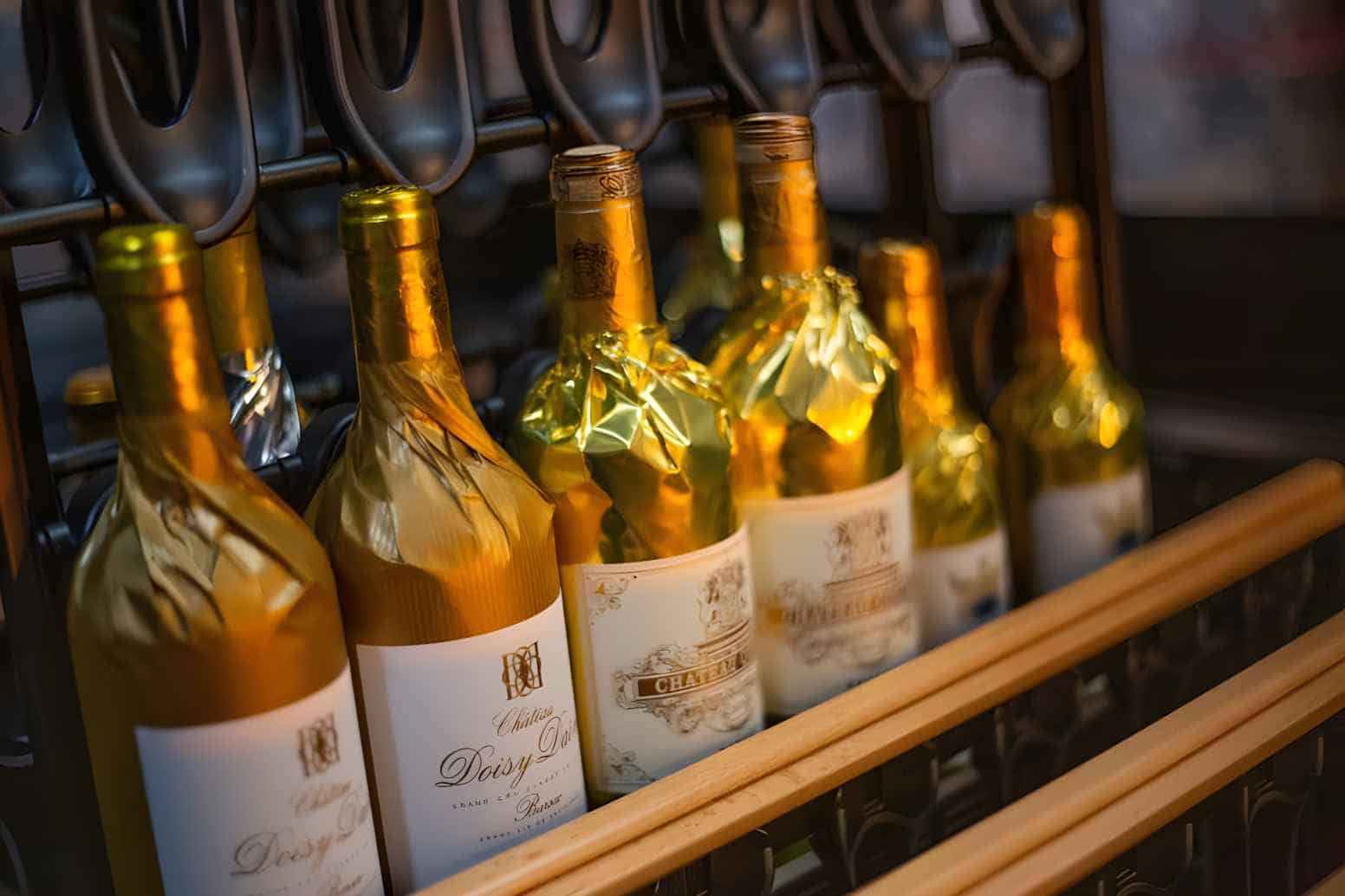
|
Brand |
Taste |
Texture |
ABV |
Best Serve with |
Average Price |
|
Château Rieussec |
Sweet |
Bold |
15% |
● Desserts ● Cheese ● Fruits |
$209-$109 |
|
Château Voigny |
Sweet |
Bold |
15% |
● Cheese ● Chocolates |
$23.99-$69 |
|
Château Gravas |
Sweet |
Bold |
15% |
● Fruits ● Dessert |
$45.99 |
1. Château Rieussec Sauternes (Premier Grand Cru Classé)
This high-end Sauterne wine from Premier Grand Cru Classé will be an excellent introduction to the wine. With its sweet and acidic blend, you can taste peach and caramel.
Although expensive, you can feel the high-quality wine with every sip. It’s bold, acidic, and sweet, perfect for some blue cheese and savory dishes.
2. 2019 Château Voigny Sauternes
The 2019 vintage bottle from Chateau Viogny is an excellent middle grade between an inexpensive yet perfect quality wine. It’s tangy, with an excellent velvety mouthfeel.
You can even find lower prices for this incredible 2019 vintage. It’s a great starter if you want to taste the delicious taste of Sauterne wine without breaking the bank.
3. 2016 Château Gravas Sauternes
The soft and golden light white wine from 2016 is an excellent pair for your fruits and dessert. It’s pretty inexpensive yet provides an excellent tight acid within every sip. You will enjoy this vintage if you love your Sauterne more on the acidic side.
The aromas of peach, honey, and other tropical fruits are prominent in the blend. So, if you prefer a more fruity flavor, this bottle from Chateau Gravas might be the one for you.
In Summary
With this article, we hope you read all there is to learn about Sauterne wine. This delicious white wine can create an excellent after-meal and dessert wine. Knowing the history and process behind its creation, we hope you can appreciate this delightful French wine more.
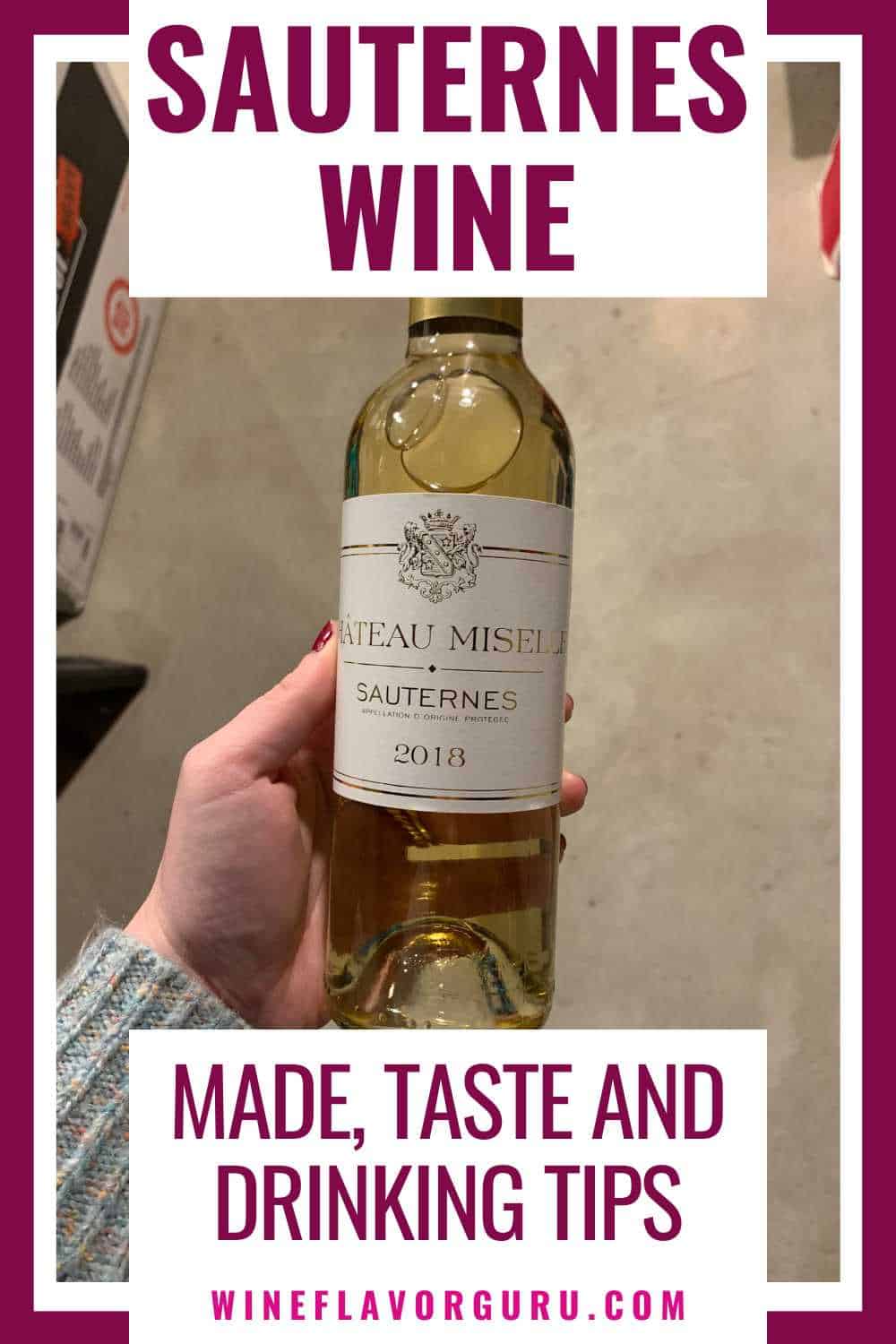

George Moore, co-founder of Wine Flavor Guru, is a charismatic entrepreneur with a rich background in California’s wine industry. Alongside Sylvia, he transformed a Sonoma County vineyard into a source of premium wines. George’s expertise in sourcing exceptional grapes and his approachable style make wine appreciation both accessible and engaging.
